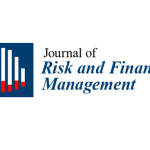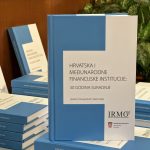The Croatian Science Foundation (HRZZ) approved funding of the Networks of public communication in Croatia: mediatisation of the public sphere and the challenges of new media (NETCOMM) project in the social science area, Research Projects strand. The project team includes Nada Švob-Đokić (principal investigator), Paško Bilić (deputy coordinator), Nina Obuljen-Koržinek (associate) and Ivan Balabanić (associate – Institute Ivo Pilar). Project activities start on 1 September 2014 and will continue for three years. The total project budget is 336 705 Croatian kunas.
Project summary
The media and society are tightly intertwined in a close and dynamic relationship. Shaped by societies, the media also shape societies. This relationship engenders social change that is at the core of the current mediatisation process and theory debates (Schulz, 2004; Krotz, 2007; Hjarvard, 2008; Hepp, 2011). Networked communication technologies reshape the equilibrium of the media/society relationship and extend the mediatisation process to new directions. The process is not a straightforward technological impact, but a complex accommodation process. In this research we study how the public sphere (Habermas, 1991) has been reshaped through networked communication (Cardoso 2008). We focus on four aspects of mediatisation: extension, substitution, amalgamation and accommodation (Schulz, 2004) to study organizational changes in the process of media production; and media use and practices among internet users. The main objective is to understand processes of media production, consumption and their interrelations, with regard to public communication through new, online and networked media. Specific goals include contributions to development of the mediatisation theory; establishment of a classification of online media in Croatia; development of mixed methods research designs and providing impetus to related public policies. We employ a sequential, explorative research strategy (Creswell, 2009). In the first stage, we conduct multiple, qualitative case studies of the processes of organizational change in different online media. In the second, intermediary stage we construct survey questionnaires based on previous qualitative work. In the third stage, we use a survey on a national representative sample and provide further analytical conclusions derived from the research. The potential users of our research results include: scientific research communities, media industry, media organizations, policy decision-makers, regulatory institutions, and various NGOs.






